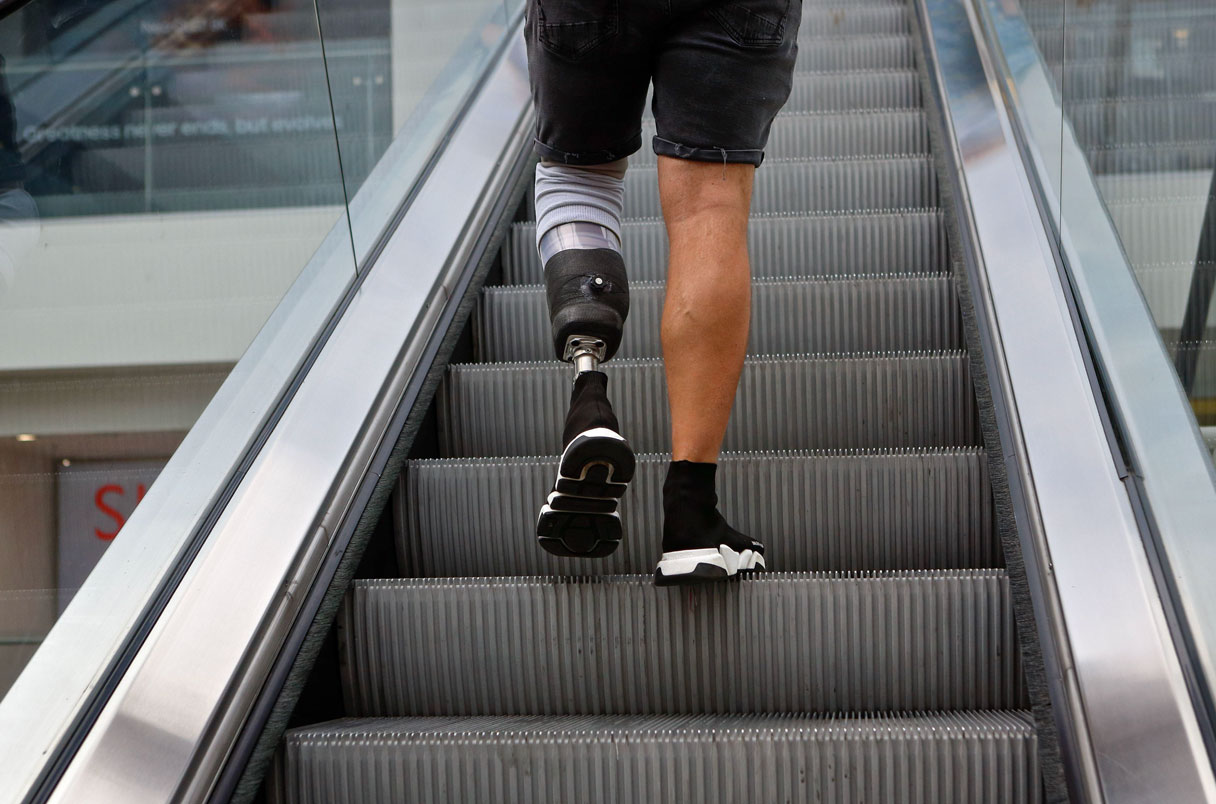Choosing the right prosthetic is a significant decision for anyone who has undergone an amputation or has congenital limb differences. The right prosthetic can vastly improve quality of life, enhancing mobility, functionality, and overall well-being. However, the selection process can be overwhelming due to the variety of options available. Here are several key factors to consider when choosing the right prosthetic.
1. Understanding the Different Types of Prosthetics
There are several types of prosthetics designed for different needs and activities. The primary categories include:
- Upper Limb Prosthetics: These are for those who have lost an arm or hand. They range from simple cosmetic limbs to advanced myoelectric arms that respond to muscle signals.
- Lower Limb Prosthetics: Designed for leg or foot amputees, these prosthetics can be as basic as a simple prosthetic foot or as complex as a computerized knee.
- Activity-Specific Prosthetics: These are designed for specific activities such as running, swimming, or even rock climbing. They are tailored to withstand the unique demands of each activity.
Understanding these categories helps in narrowing down the options and focusing on what will best suit your lifestyle and needs.
2. Lifestyle and Activity Level
Your daily activities and lifestyle play a crucial role in determining the type of prosthetic you need. For instance:
- Active Individuals: If you lead a very active lifestyle, engage in sports, or require high endurance, you might need a durable and highly functional prosthetic that can withstand significant physical stress. Energy-storing feet or running blades are popular choices for athletes.
- Sedentary or Low Activity Levels: For those who have a more sedentary lifestyle, a basic prosthetic that offers comfort and ease of use might be more appropriate. Lightweight and easy-to-manage options are ideal for day-to-day activities without extensive physical strain.
Discussing your activity level with a prosthetist can help ensure that you choose a prosthetic that complements your daily routines and goals.
3. Comfort and Fit
The comfort and fit of a prosthetic are paramount. A poorly fitting prosthetic can cause pain, sores, and other complications. Here are some considerations:
- Socket Fit: The socket is the part of the prosthetic that attaches to the residual limb. A custom-fitted socket is essential for comfort and function. Modern technology allows for highly customized sockets that can significantly improve fit and reduce discomfort.
- Suspension System: This is the mechanism by which the prosthetic attaches to your body. Options include suction, vacuum, or pin lock systems, each offering different levels of comfort and security.
- Liner Materials: Liners made from silicone, gel, or foam can provide cushioning and reduce friction, enhancing comfort.
Working closely with a prosthetist to ensure proper fitting can make a substantial difference in your comfort and satisfaction with the prosthetic.
4. Technological Advancements
Advancements in prosthetic technology have led to the development of highly sophisticated and functional devices. Some of these include:
- Myoelectric Prosthetics: These use electrical signals from the muscles in your residual limb to control the prosthetic. They offer a high degree of functionality and are ideal for fine motor tasks.
- Microprocessor-Controlled Knees: These knees adjust to different walking speeds and terrains, providing a more natural gait and reducing the risk of falls.
- Bionic Limbs: These advanced prosthetics can mimic the movements of natural limbs to a remarkable degree. They are often controlled by neural signals, offering unprecedented control and functionality.
While these advanced prosthetics can be life-changing, they are also more expensive. Weighing the benefits against the cost and your specific needs is crucial.
5. Cost and Insurance Coverage
Prosthetics can be expensive, and the cost varies widely depending on the type, materials, and technology used. It’s important to consider:
- Initial Cost: High-tech prosthetics, like bionic limbs, can cost tens of thousands of dollars. Simpler prosthetics are less expensive but may not offer the same level of functionality.
- Maintenance and Replacement: Prosthetics require regular maintenance, and parts may need to be replaced over time. Considering the long-term costs is important.
- Insurance Coverage: Check with your insurance provider to understand what is covered. Some insurance plans may cover the cost of certain prosthetics and related services, while others may not. Understanding your coverage can help manage out-of-pocket expenses.
6. Prosthetist Expertise
The expertise and experience of your prosthetist are vital. A skilled prosthetist can guide you through the selection process, ensuring a proper fit and addressing any issues that arise. Consider:
- Credentials and Experience: Look for a prosthetist who is certified and has experience with the type of prosthetic you need.
- Patient Reviews: Speaking with other patients about their experiences can provide valuable insights into the prosthetist’s capabilities and patient care.
- Ongoing Support: A good prosthetist will offer ongoing support, helping with adjustments, maintenance, and any complications that arise.
7. Psychological and Emotional Considerations
Adjusting to life with a prosthetic involves not just physical adaptation but also psychological and emotional adjustment. Consider:
- Counseling and Support Groups: Engaging in counseling or joining support groups can be beneficial. Sharing experiences with others who understand your journey can provide emotional support and practical advice.
- Setting Realistic Expectations: It’s important to have realistic expectations about what a prosthetic can and cannot do. Understanding the capabilities and limitations of your prosthetic can help you adapt more effectively.
- Patience and Persistence: Adjusting to a prosthetic takes time and patience. It’s a learning process, and persistence is key to becoming comfortable and proficient with your new limb.
8. Trial Periods and Feedback
Many prosthetists offer trial periods for new prosthetics. Taking advantage of this can be very helpful:
- Trial Periods: During a trial period, you can test the prosthetic in your daily life and provide feedback to your prosthetist. This helps in making necessary adjustments for better comfort and functionality.
- Feedback: Regularly providing feedback to your prosthetist about any issues or discomfort is crucial. Open communication ensures that any problems are promptly addressed and resolved.
Conclusion
Choosing the right prosthetic is a deeply personal and complex decision that impacts various aspects of your life. By considering factors such as the type of prosthetic, lifestyle, comfort, technological advancements, cost, prosthetist expertise, psychological adjustment, and the importance of feedback and trial periods, you can make an informed choice that best suits your needs and enhances your quality of life.
Remember, the journey with a prosthetic is unique to each individual. Working closely with healthcare professionals and maintaining a positive and proactive approach will help you navigate this journey successfully.



